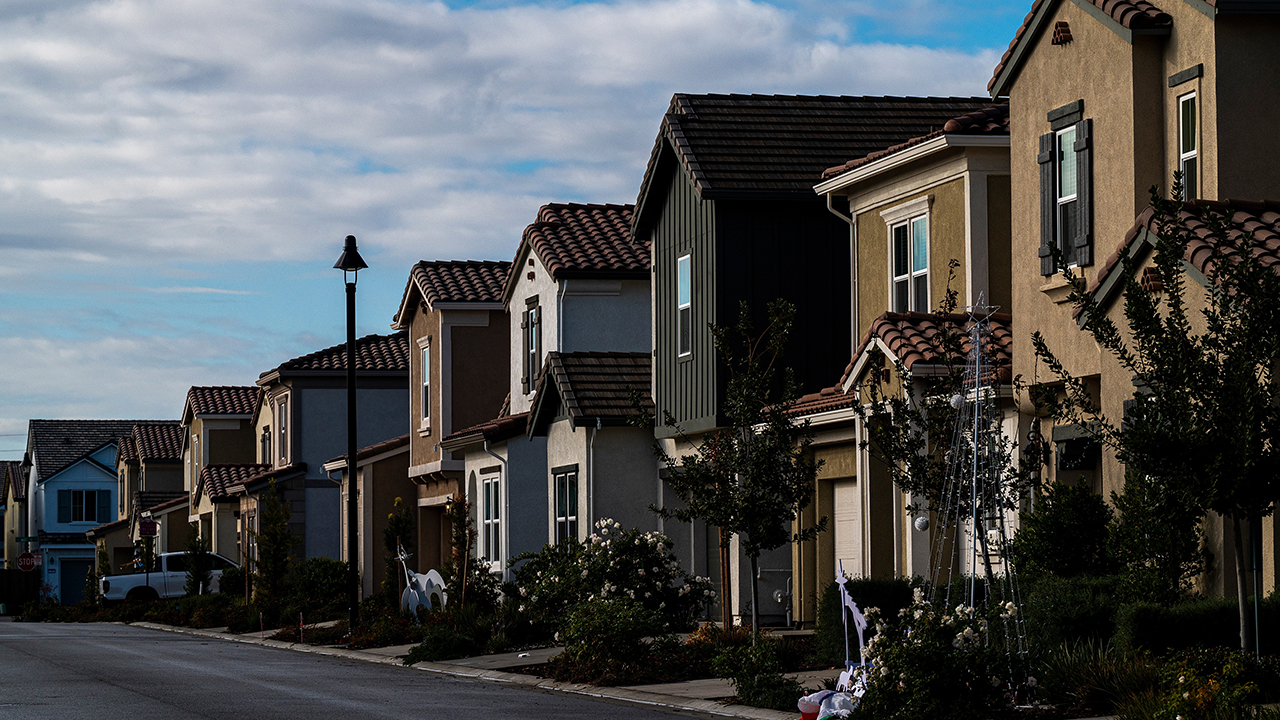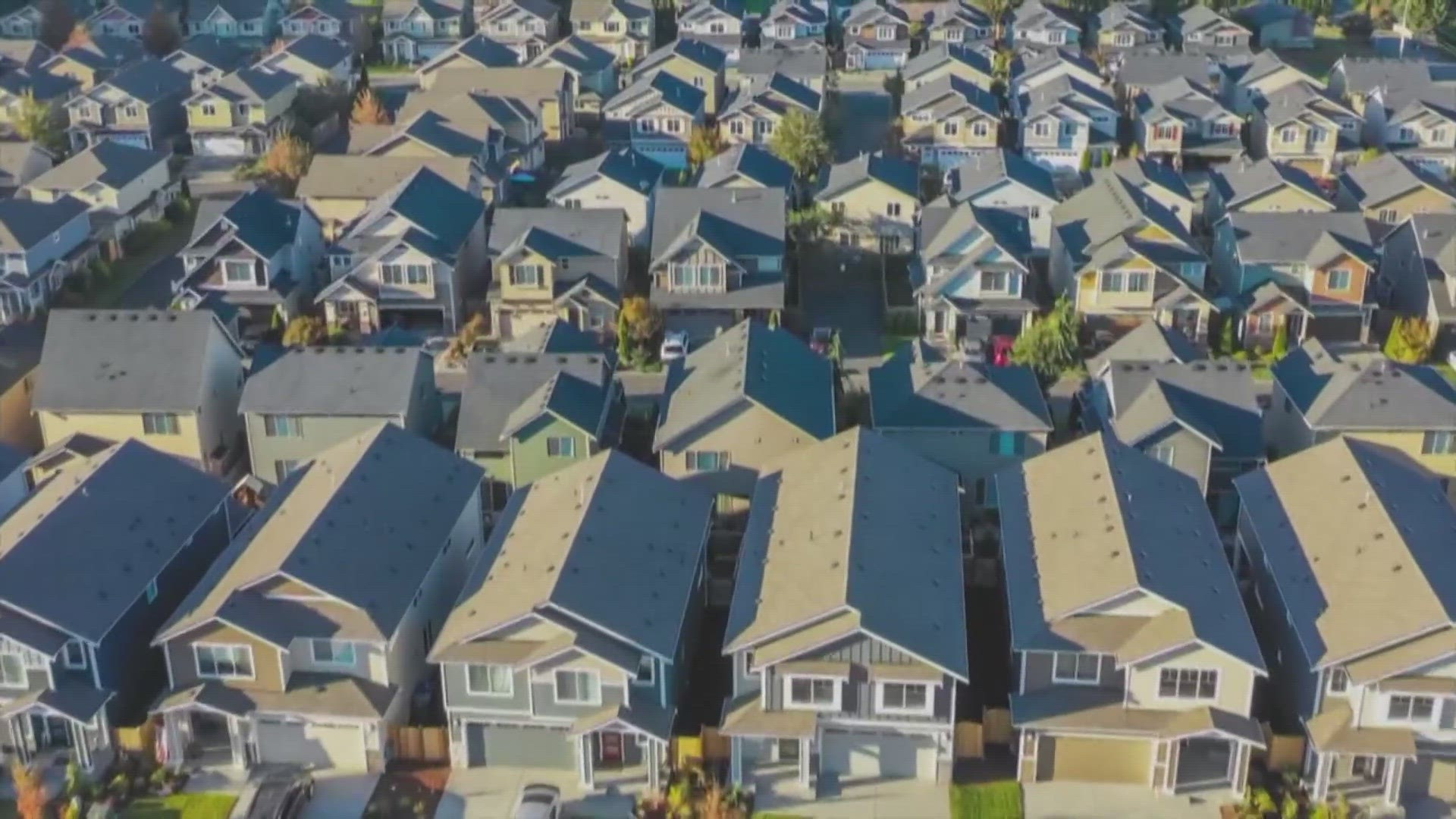In a recent turn of events that has left many California homeowners in distress, the cost of home insurance has surged dramatically. Pamela Tremain from Amador County was particularly shocked when her family’s insurance premium for their second home jumped from $9,000 to $18,000 annually. “I was dumbfounded,” she expressed to NBC Bay Area, highlighting a financial strain that many in the Golden State are beginning to feel more acutely.
This stark increase is attributed to several factors, but a primary driver, according to the insurance industry, is the ongoing impact of climate change on California’s landscape. The state has become a hotspot for natural disasters, particularly wildfires, making it a high-risk area for property damage.
According to the National Centers for Environmental Information, California experienced 46 significant weather and climate disaster events from 1980 to 2024, each causing over $1 billion in damages.

Navigating the Insurance Landscape
Farmers Insurance, the provider for the Tremain family, cited California’s inflation as a reason for the doubled premiums. This scenario isn’t isolated, as several other insurers have also pulled back their services or hiked prices, citing similar concerns.
In March, State Farm and American National made headlines when they announced their decisions to stop offering homeowner insurance policies in California, a decision that seems timely given the approach of what may be a severe wildfire season.
As a consequence of these withdrawals and the consequent scarcity of available policies, homeowners like Tremain are forced to look elsewhere for affordable coverage. Tremain managed to secure a policy through AAA Insurance for less than $7,000 a year, a decision that significantly alleviated her financial burden compared to what she faced with Farmers.
Florida and California are the epicenters of the insurance housing crisis amid increasing natural disaster risk.
As a result, 70% of Florida homeowners and 51% of California homeowners have been affected by rising home insurance costs or changes in coverage.
— Redfin (@Redfin) April 28, 2024
The Broader Implications for California Homeowners
This escalating scenario poses a broader question about the sustainability of living in areas prone to natural disasters and the role of insurance in mitigating financial risk.
With the state’s insurer of last resort, the FAIR Plan, often being the only option for many, homeowners are finding themselves cornered into choosing between escalating premiums and potentially insufficient coverage.

Despite California’s home insurance average standing at $1,452 for $300,000 dwelling coverage—substantially lower than the national average—residents are increasingly feeling the pinch.
The trend suggests a growing discrepancy between insurance costs and the actual risks homeowners face, especially as climate change continues to influence weather patterns and, consequently, insurance policies.

Looking Ahead
The situation in California serves as a microcosm of what could become a national or even global issue as regions around the world grapple with the effects of climate change on property insurance. It highlights the urgent need for a balanced approach that considers both the economic realities of insurance companies and the financial well-being of homeowners.
As stakeholders continue to navigate this complex landscape, the hope remains that more sustainable and equitable solutions can be found to ensure that homeowners are not left unprotected against the unpredictabilities of nature.










